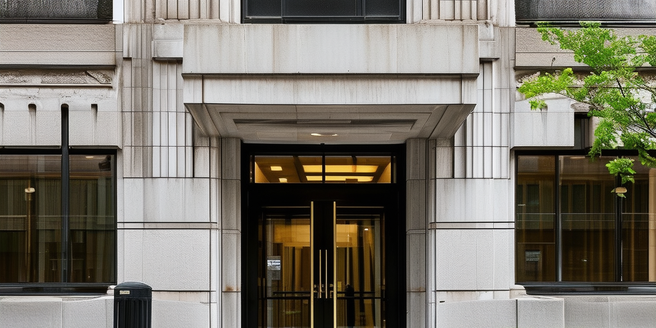
Understanding Secured Loans: Definition and Features
Secured loans are financial products that require collateral to be pledged by the borrower. This collateral can be any valuable asset, such as property, vehicles, or savings accounts, which serves as security for the lender. If the borrower defaults on the loan, the lender has the right to seize the asset to recover the owed amount. Secured loans generally come with lower interest rates due to the reduced risk for lenders. The borrowing amounts can be higher, and the repayment terms can be more flexible. However, the downside is that failure to repay may result in the loss of the pledged asset. Understanding the terms and risks associated with secured loans is crucial for informed financial decisions.
Exploring Unsecured Loans: Key Characteristics
Unsecured loans do not require any collateral, making them an attractive option for borrowers who do not wish to risk their assets. These loans are typically based on the borrower’s creditworthiness, which is determined by credit scores, income, and financial history. Since there is no asset backing the loan, lenders face higher risks and often charge higher interest rates. Unsecured loans include personal loans, credit cards, and student loans. They usually have stricter eligibility criteria and lower borrowing limits compared to secured loans. However, for those with good credit, these loans can be an excellent way to meet financial needs without pledging assets. Despite the higher rates and stringent requirements, unsecured loans offer the benefit of not putting personal assets at risk in case of loan default.
Pros and Cons of Secured Loans
Secured loans offer several advantages, including lower interest rates and higher borrowing limits. Since the loan is backed by collateral, lenders are more willing to offer favorable terms and conditions. Additionally, secured loans can have more extended repayment periods, making monthly payments more affordable. However, the main disadvantage is the risk of losing the collateral if the borrower fails to meet the repayment terms. It is important to weigh the pros and cons before committing to such a financial decision. The need for collateral also limits accessibility for those without valuable assets. Borrowers must carefully evaluate their financial situation and ensure they can meet the repayment obligations before opting for a secured loan.
Advantages and Disadvantages of Unsecured Loans
Unsecured loans offer the notable advantage of not requiring collateral, reducing the risk of losing personal assets in case of default. This type of loan provides quicker access to funds, as there is no need for asset valuation. The approval process is usually faster, and borrowers can use the funds for a variety of purposes. Furthermore, unsecured loans can be a viable option for those who do not possess valuable assets. On the downside, unsecured loans come with higher interest rates due to the increased risk faced by lenders. Additionally, borrowing limits are generally lower, and eligibility criteria can be stringent. Prospective borrowers should weigh these factors carefully when considering an unsecured loan.
Choosing Between Secured and Unsecured Loans: Factors to Consider
When deciding between secured and unsecured loans, several factors need to be taken into account. These include the borrower’s financial situation, credit score, and risk tolerance. It’s important to understand the implications of each option thoroughly. A secured loan might be preferable for those who have valuable assets and seek lower interest rates and higher borrowing limits. Conversely, an unsecured loan could be suitable for individuals unwilling or unable to pledge collateral. Evaluating the purpose of the loan, the amount needed, and the repayment capacity is essential. Borrowers should compare the terms, rates, and risks associated with both types of loans to make an informed decision that aligns with their financial goals.
